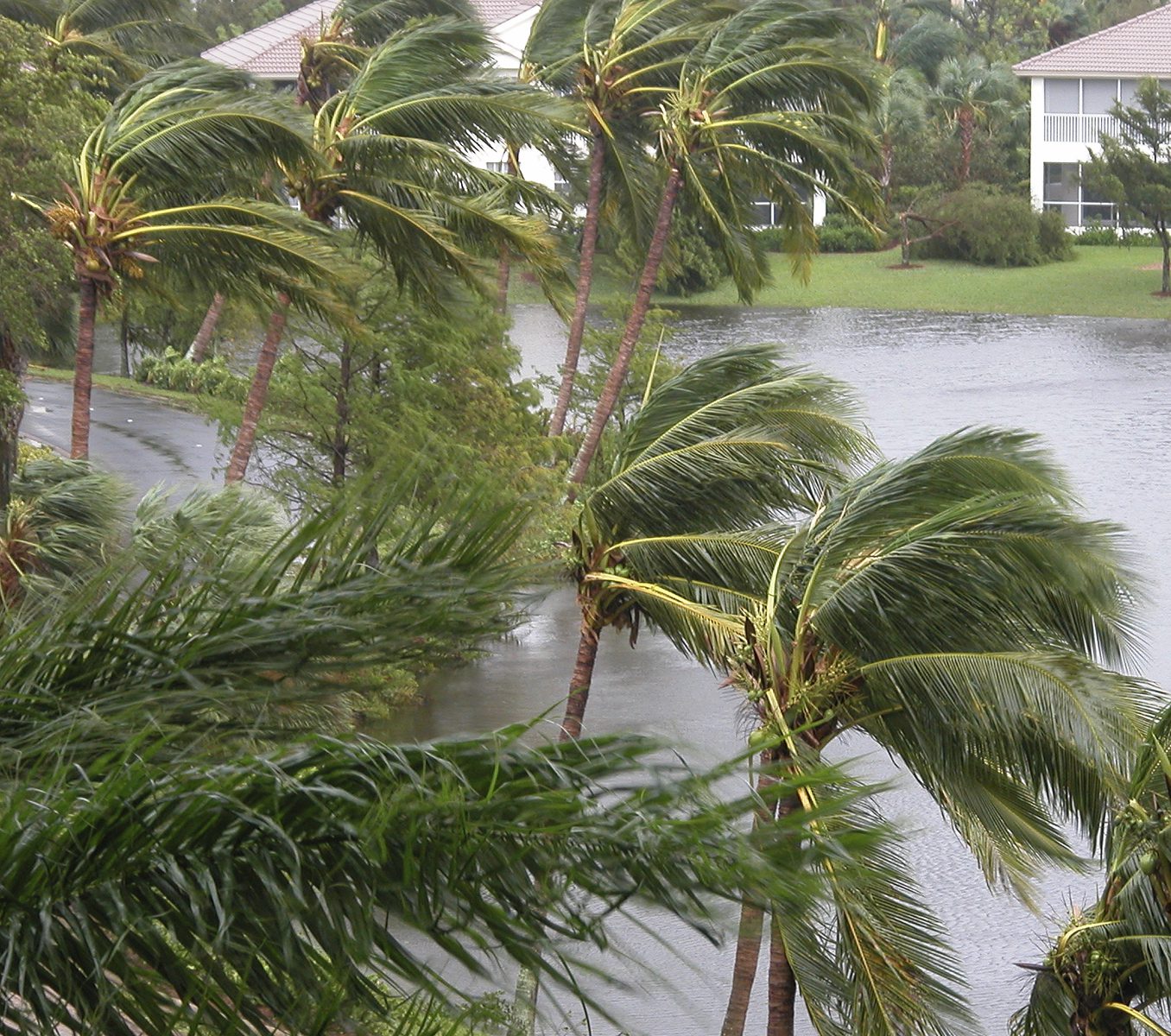
When choosing a palm for your landscape, the following considerations should be taken into account:
– Is the Palm being planted for a windbreak or a screen (clumping Palm)?
– Is the Palm being planted for a focal point?
– Does the planting spacing location lend itself to a large, medium, or small Palm?
– Are they overhead or below ground utilities nearby?
– Is the site very sunny or shady, a wind corridor or protected
– How cold is the site? What is the hardiness zone?
– Is the soil deep, fertile, and well drained, or is it shallow, compacted, and infertile?
– Does the Palm have large fruits or fronds that need to be removed regularly to reduce the possibility of injury or damage to – property?
Most palms are grown in containers at nurseries, although larger specimens may be field grown. Choose a healthy Palm for the best results in your landscape. Always purchase from a reputable garden center or nursery.
A high quality Palm has a properly sized root ball for the species and trunk diameter. A trunk free of mechanical wounds is an important consideration when choosing a quality Palm. It is important that you inspect the Palm for wounds from incorrect pruning and that there is a uniform trunk diameter consistent with the species natural characteristics. If the trunk sections are of varying diameter, such as an hourglass or small diameter below the terminal bud (also known as penciling); these are important reasons not to purchase a palm with these inferior characteristics.
When planting palms it is important to tie the fronds and limit excessive movement of the Palm head to protect the terminal bud during transport and planting. Remove dead or dying fronds prior to planting. The planting all should be approximately 18 inches (46 cm) wider than the root ball to loosens surrounding soil. It is important to plant the Palm with the top of the root initiation zone about even with the soil surface. The original depth may have been too deep in the nursery. Backfill the planting hole with the original soil where possible.
Here is a list of suitable palms for the Manatee/Sarasota area:
Florida Thatch Palm (Thrinax radiata)
Native to the Keys. Maximum height 30 ft. Fan-like leaves are 3 ft long and yellowish-green.
Saw Palmetto (Serenoa repens)
Native to the Keys.
Dwarf palm with creeping stem 8 ft long; sometimes grows erect to height of 20 ft. Fan-shaped leaves are 4 ft across. Flowers are fragrant, small, white, and densely massed in elongated plume-like clusters. Fruit is black and oblong.
Florida Royal Palm (Roystonea elata)
Native to Florida.Maximum height is 100 ft. Feather-shaped leaves are dark green and 15 ft long. Trunk is smooth, cylindrical, light gray, and topped by a sleek, green crownshaft. Flowers are whitish-yellow and hang in clusters; Fruit is dark purple.
Cuban Royal Palm (Roystonea regia)
Not native. Maximum height is 70 ft. Feather-shaped leaves are dark green and 10 ft long. Trunk is similar to the Florida Royal Palm. The inflorescence is shorter and wider than the Florida Royal, and the fruit is oval.
Bismarck (Bismarckia nobilis)
Not native. Maximum height 60 ft. One of the most beautiful and desirable fan palms in the Keys landscape, although it can appear out of scale with small houses. It is bold, formal, and massive.
Buccaneer Palm (Pseudophoenix sargentii)
Native to the Keys. Maximum height 10 ft. One of the most durable palms for seaside planting. Growth is slow, and no two trees look alike.
Arikury Palm (Syagrus schizophylla) Not native.
Maximum height 15 ft. Grows well in shade and indoors. Flower is white, and fruit is orange.
Foxtail Palm (Wodyetia bifurcata)
Not native. Maximum height 30 ft. The name comes from the bushy appearance of the leaves. Commonly has problems with manganese and zinc deficiency.
Cabbage Palm (Sabal palmetto)
Native to the Keys. Height to 40′. Used as a framing tree, in palm groupings, as a free-standing specimen, patio tree, or on roadside. Grows slowly and requires little maintenance after establishment. The native cabbage palm cannot be excelled. It is Florida’s state tree. Tolerant to different light conditions, salt, and alkaline soil.
Dwarf Palmetto (Sabal minor)
Native to the Keys. Maximum height 6 ft. Good specimen plant in partial shade.



